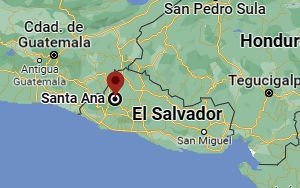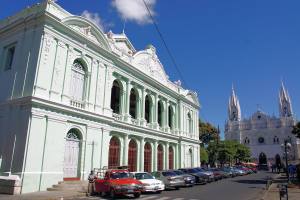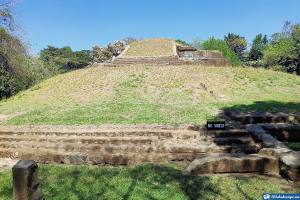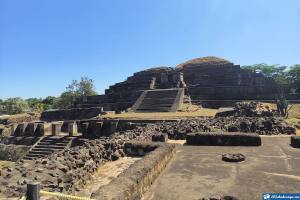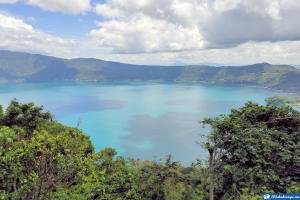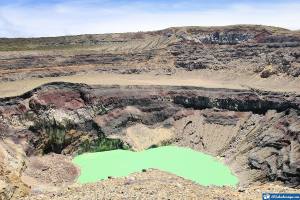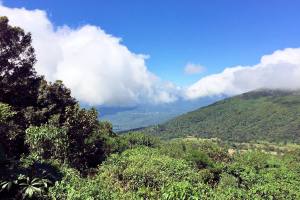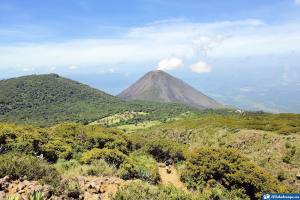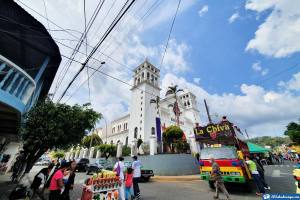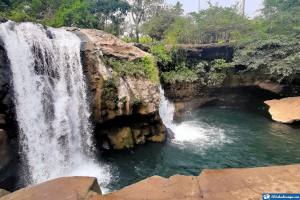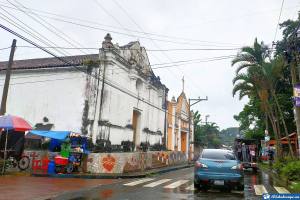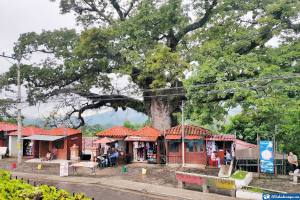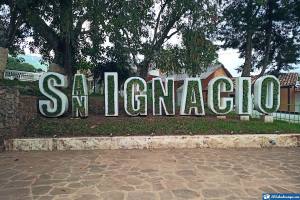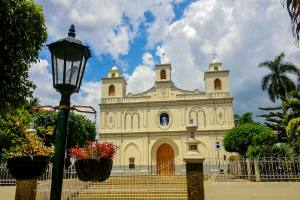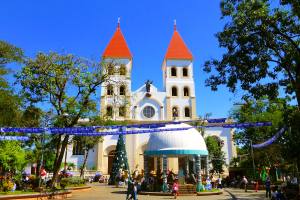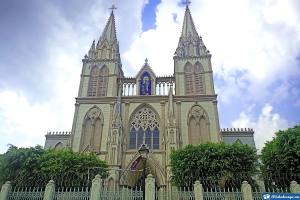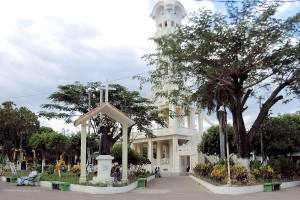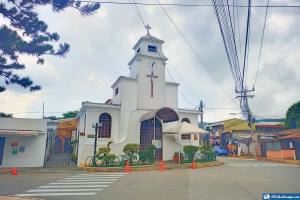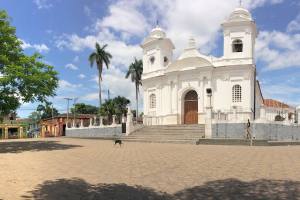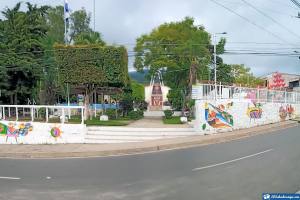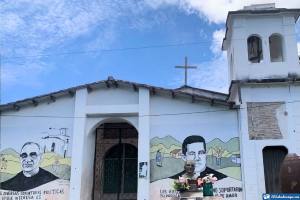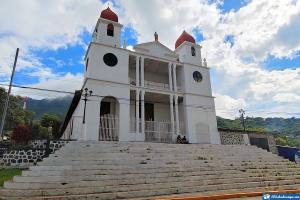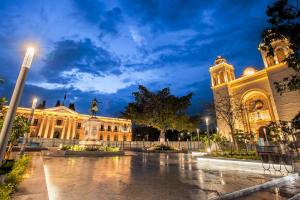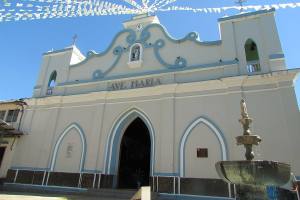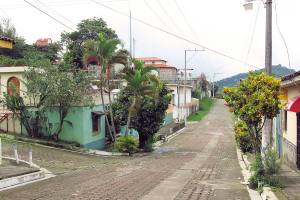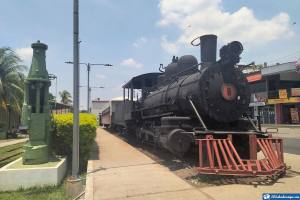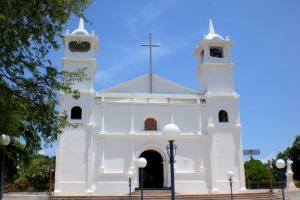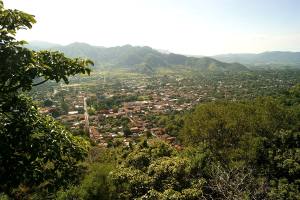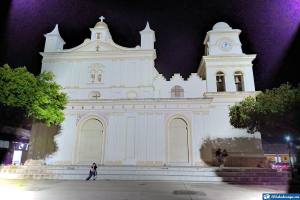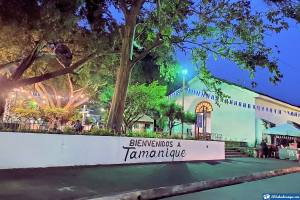We decided to travel to the Republic of El Salvador and visit the city of Santa Ana. In this beautiful town, modernity and ancient buildings make a striking game for the eye of the tourist interested in architecture and history.
We will then discover the immense historical and archaeological wealth, the precious culture, and the impressive volcanoes and parks of this city, which after San Salvador, is the second most important in this small Central American country.
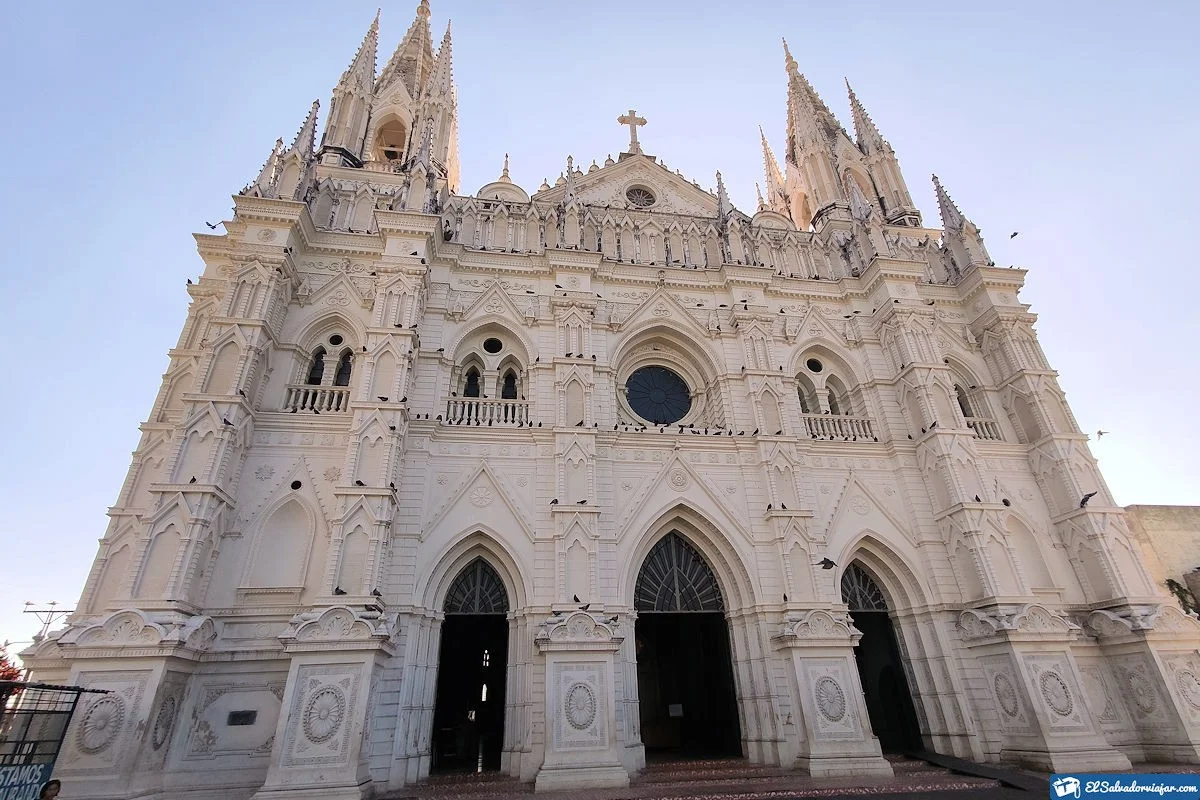
SANTA ANA - Villages of El Salvador. Photo by ElSalvadorViajar.
Santa Ana Data
| Country: | El Salvador |
|---|---|
| Department: | Santa Ana |
| Category: | Villages |
| Elevation: | 35 meters |
| Surface: | 71,27 km² |
| Population: | 332.794 |
History and Characteristics of Santa Ana
This splendid village is well connected by highways, which put us almost 65 kilometers from the capital, San Salvador, and 100 kilometers from its International Airport.
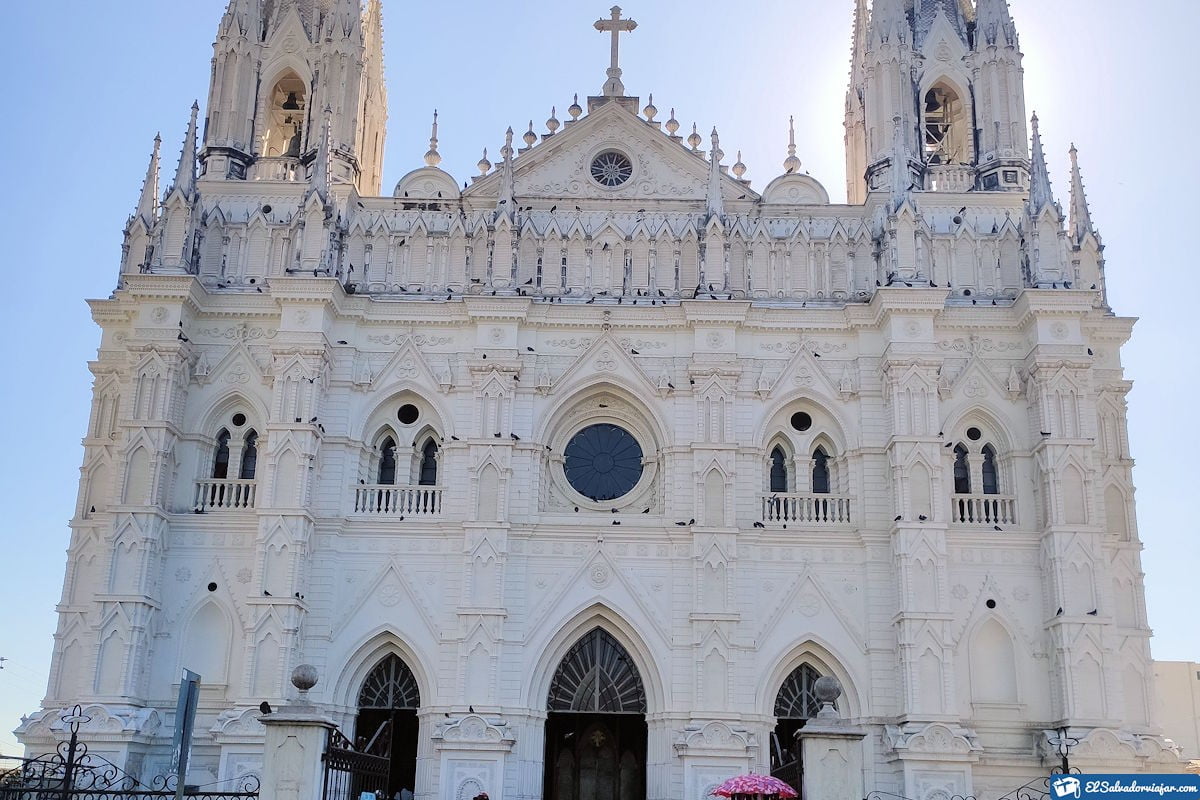
Several ancient cultures lived here, from the Nahuatl, who named it Sihuatehuacan, meaning the place of priestesses, to the Mayas during the 5th century until the Spaniards conquered it in the 16th century.
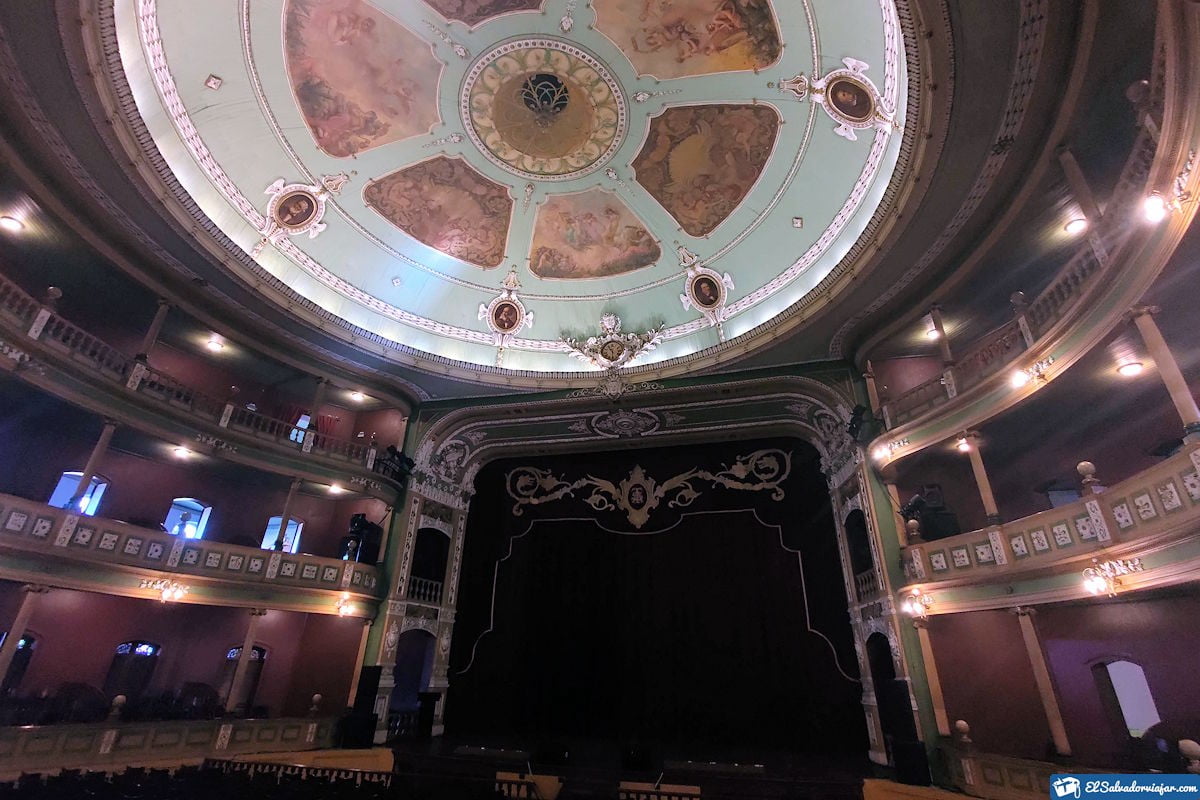
At the beginning of the 20th century, the coffee industry was booming, and the town achieved its most remarkable development, generating significant wealth for the nation.
Apart from coffee, other products such as sugar and even flowers are products that help the town’s economy. It has a free trade zone, excellent commercial centers, and factories of diverse types.
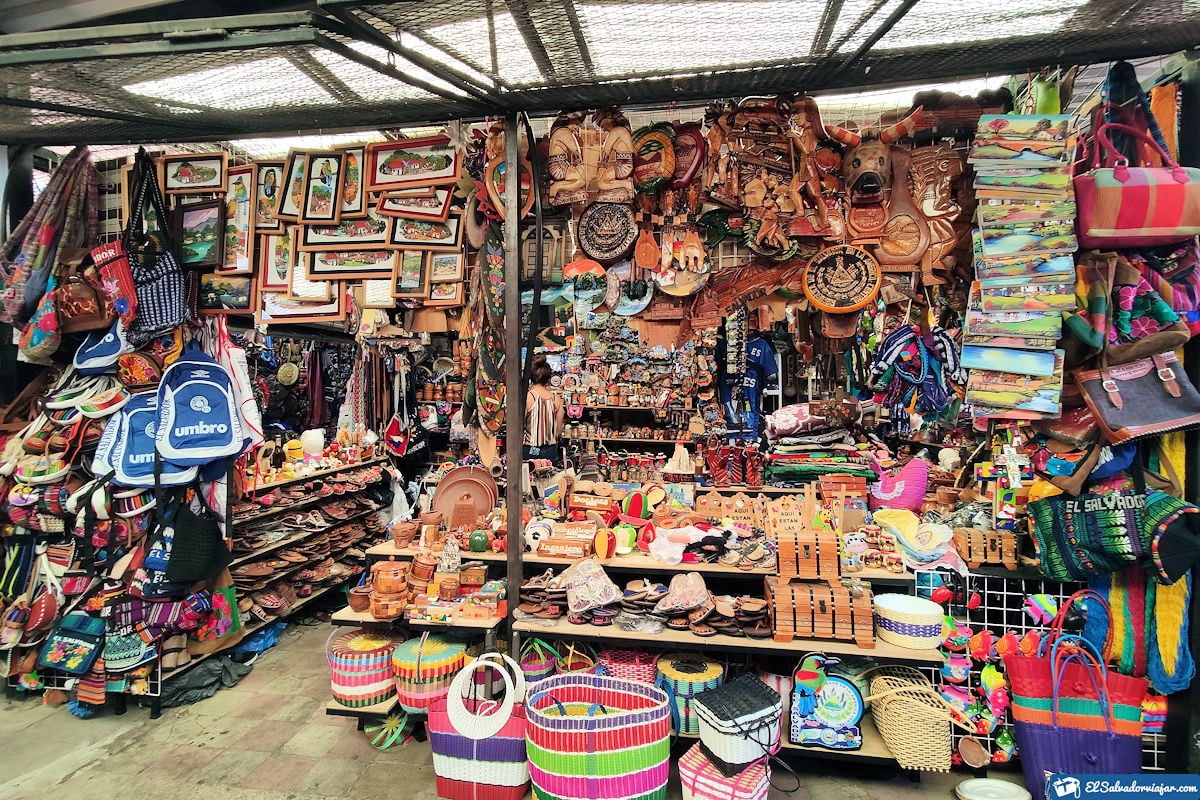
On the other hand, its incredible archaeological and natural wealth makes it a treasured destination for science, history, and archeology scholars, without neglecting the imposing historic center, one of the most precious in terms of civil and religious constructions, of incredible beauty and relevance throughout the Republic.
What to see and visit in Santa Ana
The seduction of the village of Santa Ana is expressed in its exceptional central area, where the buildings show the art in different styles.
And we started by visiting the Cathedral, which in its beginnings was a small colonial temple destroyed by a lightning strike. This new work begins in 1905, with a neo-Gothic style that gives it an extraordinary appearance. It has been declared Cultural Heritage of El Salvador.
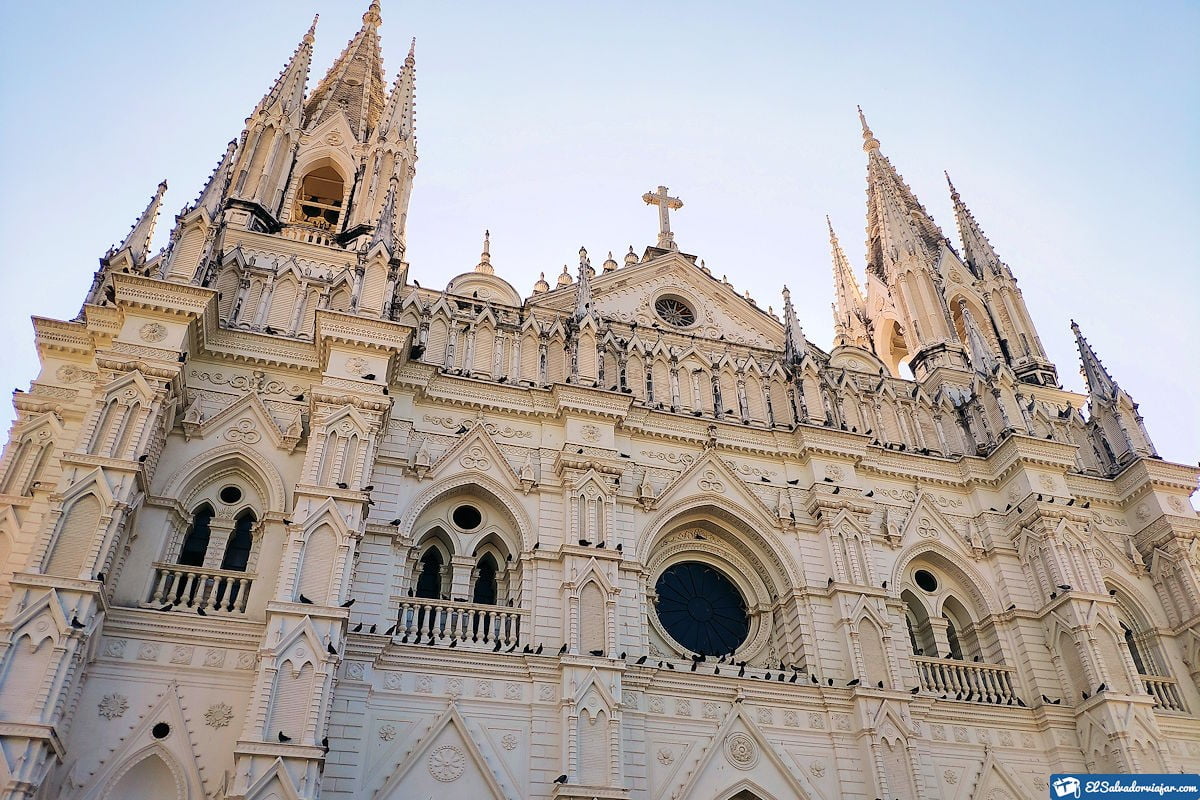
In front is Libertad Park, an ample space full of history, a vital center of the town for the people of San Juan, and surrounded by magnificent monuments.
Our attention is drawn to the Municipal Palace or City Hall, built in 1874, which serves as the seat of the municipal government.
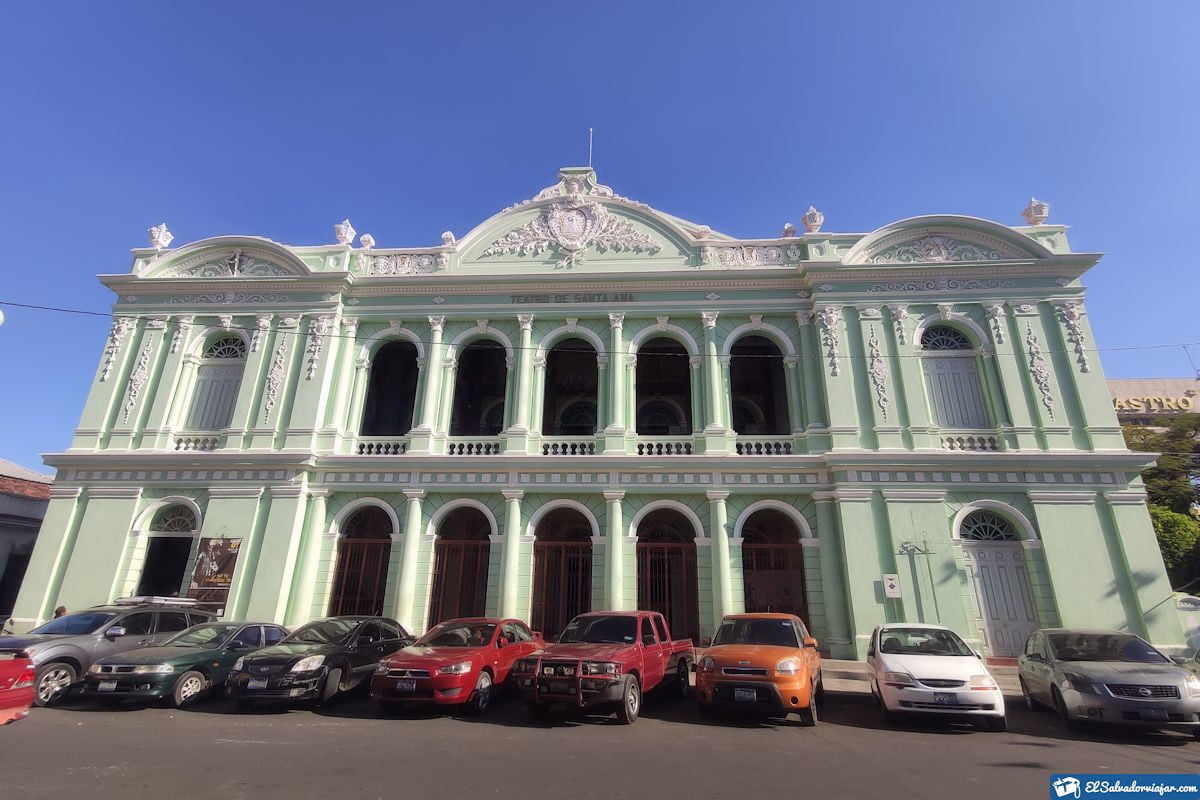
There is also the Santa Ana Theater, a structure dating from 1910 with unparalleled beauty, both outside and inside. It is said to have phenomenal acoustics.
To its left, we are welcomed by the Casino Santaneco in a very baroque style, used for social events, congresses, and seminars in general.
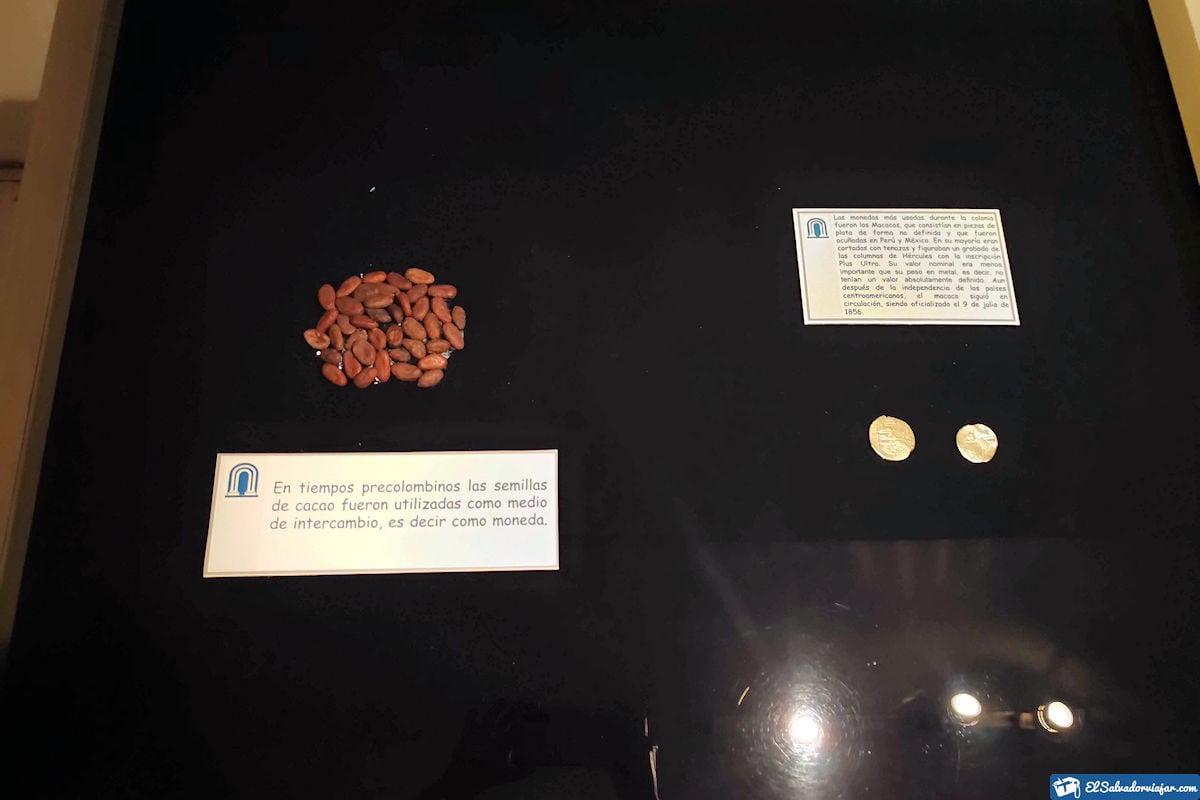
Nearby, the Museo Regional de Occidente occupies what was formerly the headquarters of the Central Reserve Bank of El Salvador. There we will see archaeological collections and the history of local currency.
Santa Ana’s Patron Saint Festivities and Gastronomy
Its most outstanding tradition is in the Patron Saint festivities. Celebrated in the second half of July. It is known nationally as the “Fiestas Julias” in honor of the Mother of the Virgin Mary.

The palate of visitors and the people of Santa Ana is filled with the varied fillings of the famous pupusas; likewise, the parboiled yucca with pork rinds and salsa is a delight as the titucos, a kind of stuffed tamale wrapped in corn husks.
Nearby places to visit
Natural beauties occupy our agenda. We are in the land of volcanoes, so we will visit Coatepeque Lake, 16 kilometers south of town, considered one of the most beautiful in the world.
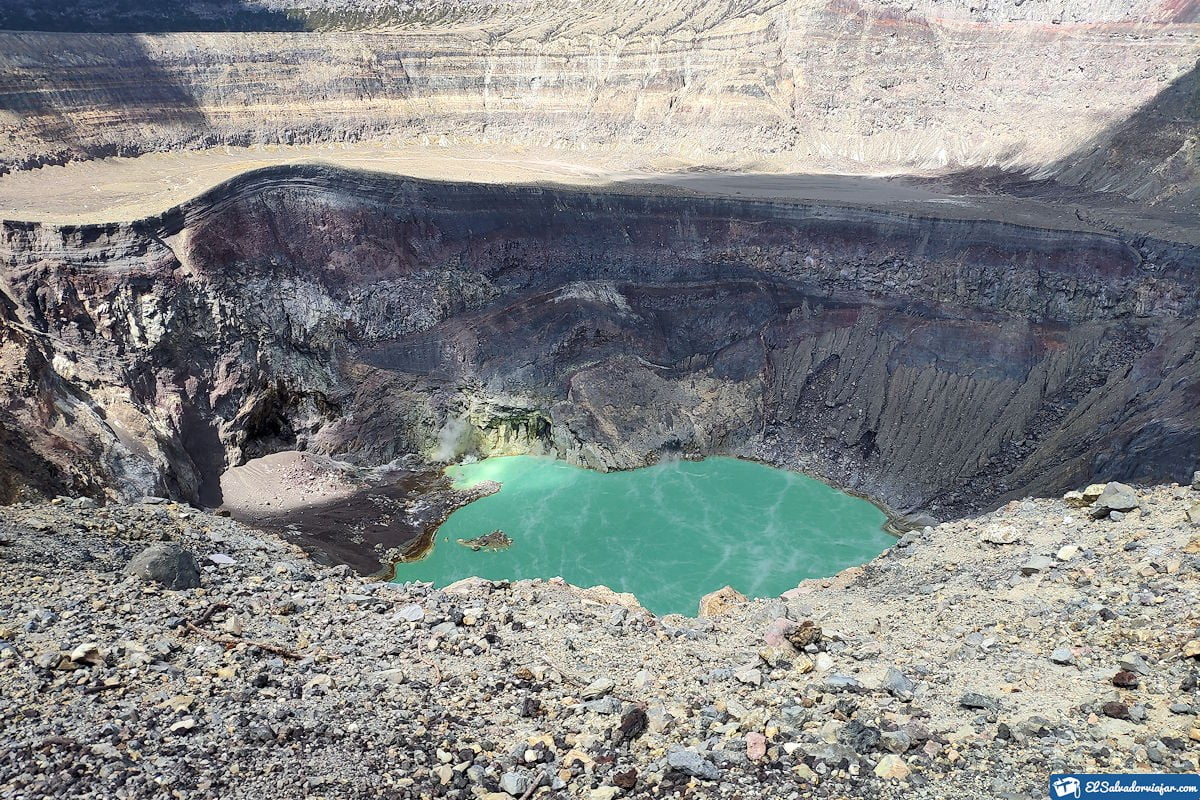
In this lake of volcanic origin, we can practice fishing and diving while we walk around, observing the different types of birds in the place.
The other attraction is the Santa Ana Volcano, the highest and most active in El Salvador, its last eruption in 1904. You can see some columns of smoke still coming out of its entrails.

And we continue discovering exciting places, such as the Tazumal Ruins, a surprising Mayan site where numerous pieces of pottery and ancient sculptures have been found, exhibited in the museum at the entrance of this place.
We can also be dazzled by the recently restored main pyramid and the stone of the victories.

It is fascinating to visit the Joya de Ceren Archaeological Site, halfway between Santa Ana and San Salvador, which shows what life was like for ancient cultures that settled in this area, disappearing with the eruption of the Laguna Caldera 1400 years ago.
It is known as the Pompeii of America and was discovered accidentally in 1976, and it was declared a World Heritage Site by UNESCO in 1993.
And to continue, we go to El Boqueron National Park, another volcanic area with high viewpoints, where we can contemplate these geological phenomena and the splendid jungle landscape surrounding this natural area.
There is no doubt that the magic of Santa Ana is contagious when visiting it, offering a unique and unrepeatable experience to make it one of the favorite destinations when traveling to El Salvador.
